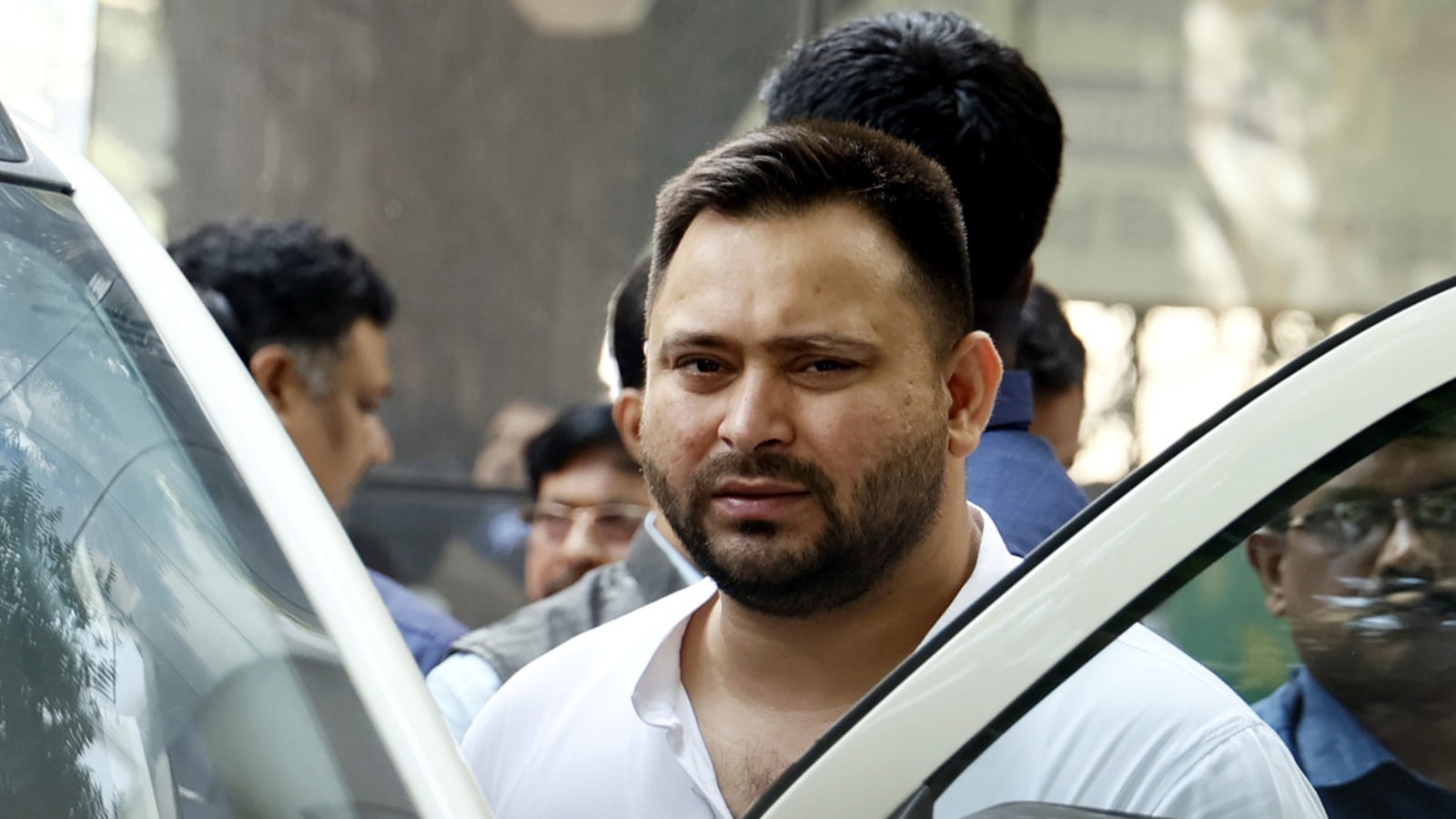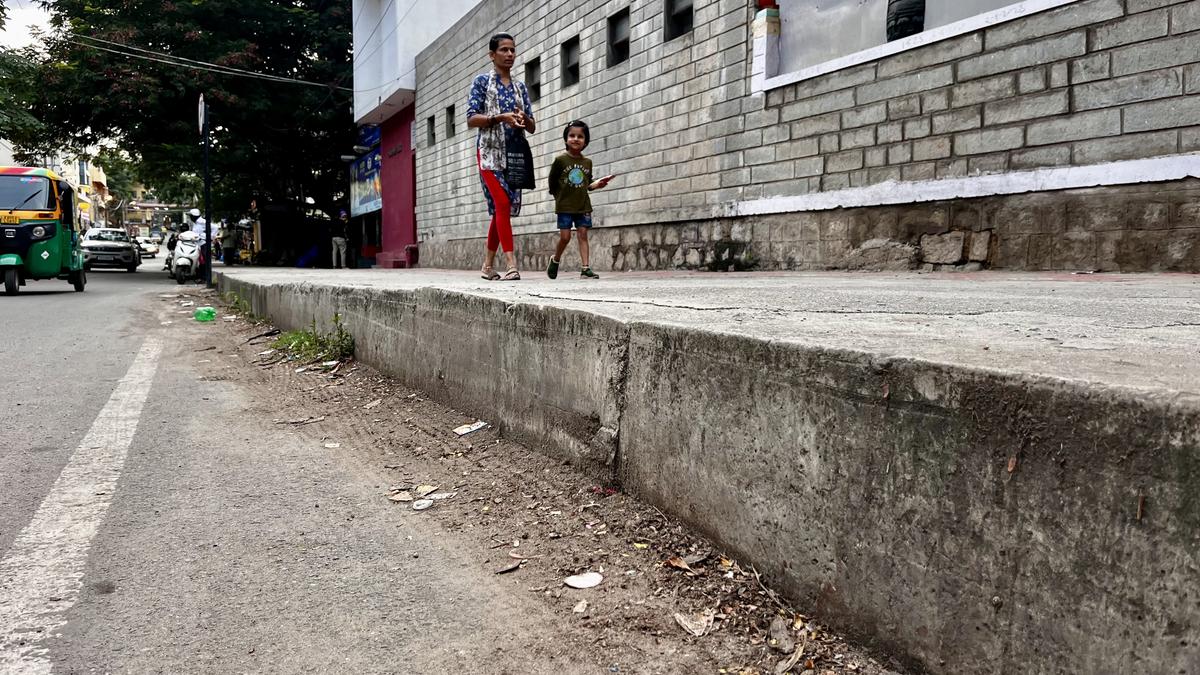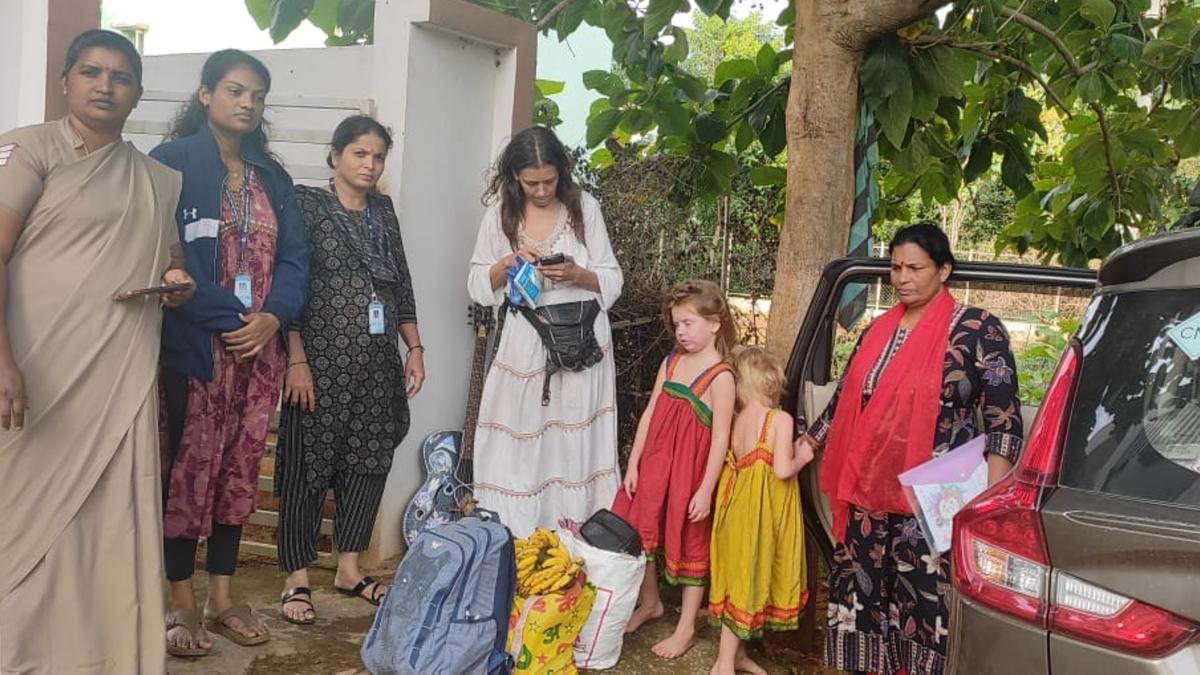There was a sense of finesse and timeless aesthetic to B Saroja Devi’s on-screen persona that made her endearing to moviegoers. She was loved for the depth with which she portrayed her characters as well as the charisma with which she inspired off-screen fashion trends in the 1960s and 70s.
The veteran actor, whose career spanned more than seven decades and over 200 films in Kannada, Telugu, Tamil, and Hindi, breathed her last in Bengaluru on Monday. She was 87. Often referred to as the first female superstar of Kannada cinema, the Padma Shri and Padma Bhushan awardee made her mark in Telugu in regal period dramas as well as social dramas.

Telugu movie buffs would immediately recall her from the ‘Chitapata chinukulu paduthu vunte’ song from the 1964 film, Aathma Balam, and her endearing presence in Jagadekaveeruni Katha.
Saroja Devi debuted in Telugu cinema with the 1957 film Panduranga Mahatyam, directed by Kamalakara Kameswara Rao, co-starring NT Rama Rao and Anjali Devi, two years after her Kannada debut, Mahakavi Kalidasa (1955).
She went on to star in director K Shankar’s Bhookailas, which was simultaneously made in Kannada as Bhookailasa, based on the Kannada play of the same name. While the Kannada film was led by actor Rajkumar, the Telugu version featured NTR and Akkineni Nageswara Rao.


Saroja Devi in ‘Pelli Kanuka’ | Photo Credit: The Hindu Archives
Though Saroja Devi largely navigated between Tamil and Kannada cinema, she made her presence felt considerably in Telugu cinema. She played the titular character in the 1966 film Shakuntala, was cast as Mandodari in Sri Seetha Rama Kalyanam (1961) and Subhadra in Sri Krishnarjuna Yuddham (1963).

While her regal demeanour made her one of the favourite choices for filmmakers exploring period films, Saroja Devi was also known for her work in social dramas like Pelli Sandadi (1959), Pelli Kanuka (1960), Daagudu Moothalu, Manchi Chedu and Pandanti Kapuram, to name a few.
An anecdote from the archives of The Hindu, pertaining to the making of the 1964 film Daagudu Moothalu, shows her popularity in the 1960s. During the shoot, Saroja Devi suffered a ligament tear, and the sets that were constructed for the songs ‘Mella Mella Mellaga’ and ‘Adagaka Icchina Manase’ at Vauhini Studios, in erstwhile Madras, had to be dismantled. This escalated the cost, and producer Adurti Subba Rao travelled to Bengaluru to meet Saroja Devi at her residence. On discovering that her condition was worse than he had imagined, he is said to have dropped the idea of replacing her with Krishna Kumari. The songs were then filmed in Bengaluru in the vicinity of Lal Bagh, Ulsoor Lake and Cubbon Park. She was reportedly paid a remuneration of ₹80,000, a princely sum at the time.




.png)
.png)
.png)
















 4 hours ago
5
4 hours ago
5









 English (US) ·
English (US) ·